Section 11
Phototrophy
By Boundless
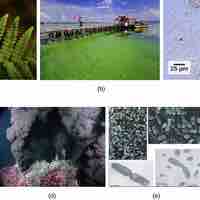
The process of photosynthesis converts light energy to chemical energy, which can be used by organisms for different metabolic processes.
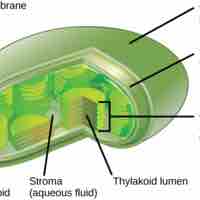
In multicellular autotrophs, the main cellular structures that allow photosynthesis to take place include chloroplasts, thylakoids, and chlorophyll.
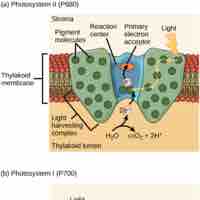
Light-dependent and light-independent reactions are two successive reactions that occur during photosynthesis.
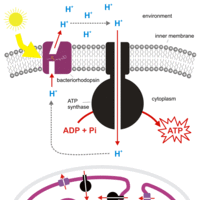
Bacteriorhodopsin acts a proton pump, generating cellular energy in a manner independent of chlorophyll.
To aid chlorophylls in the absorption of light not many photosynthetic organisms use carotenoids and phycobilins.
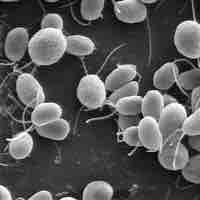
A facultative phototroph can rely on photosynthesis and alternative energy sources to survive and grow.
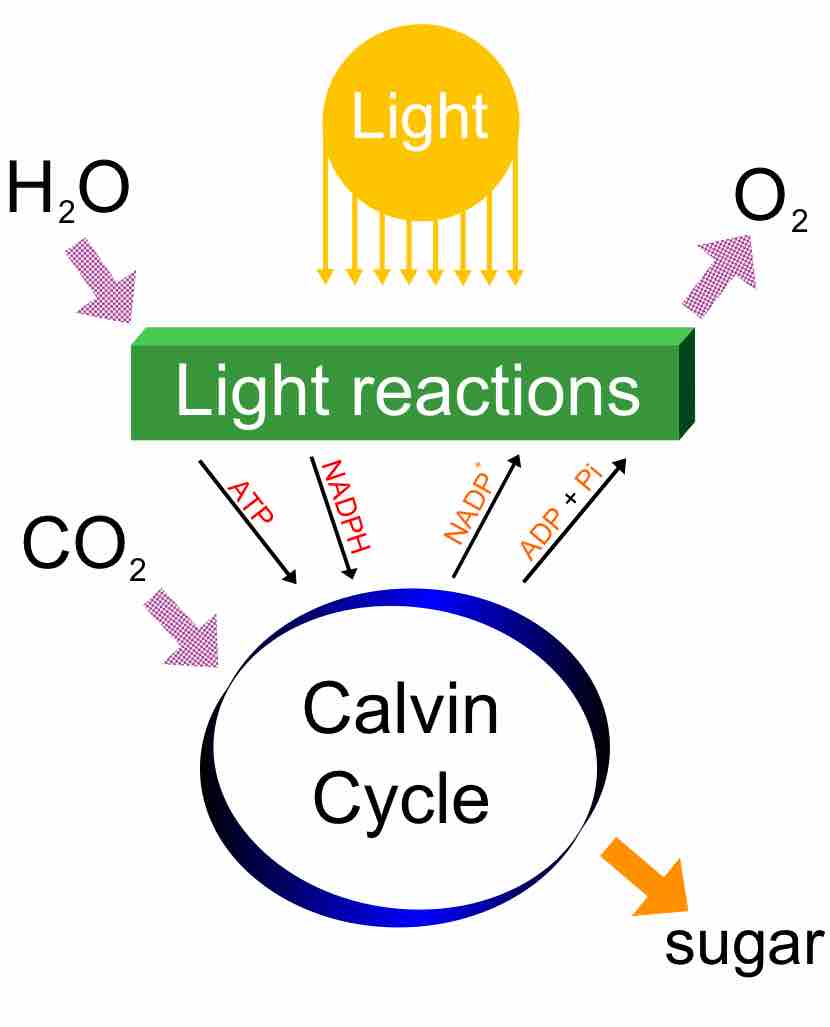
Oxygenic photosynthesis, provides energy to organism and allows for carbon fixation, all the while producing oxygen as a byproduct.
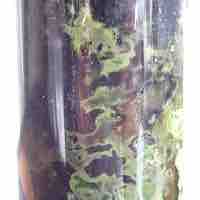
Photosynthetic reactions can be anoxygenic, thus they do not produce oxygen.